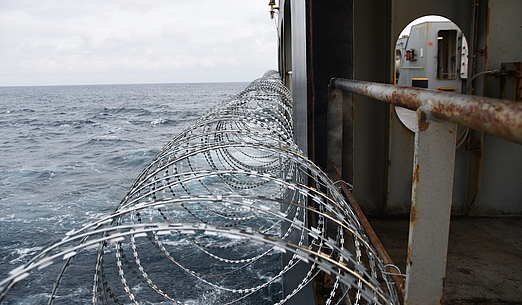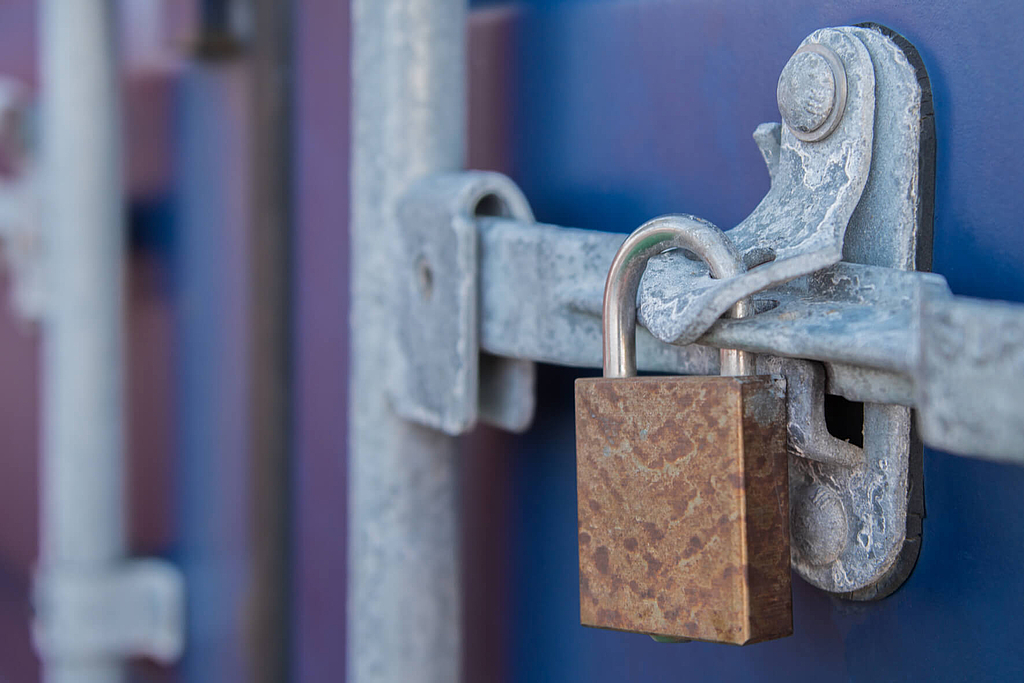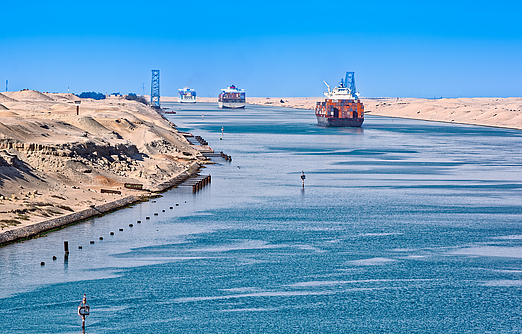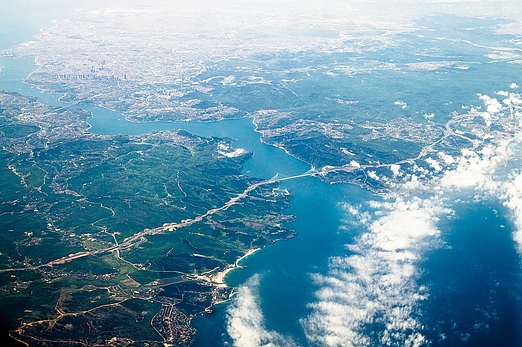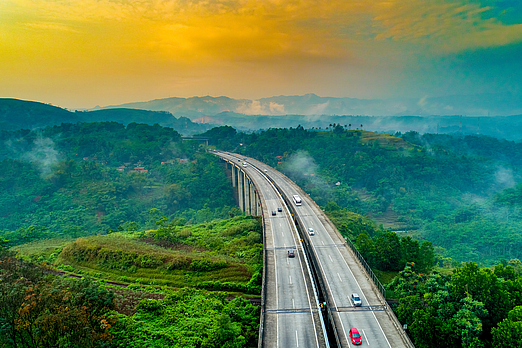Panama: When Waterways Lack Water
- Insights
The world is currently transfixed by the Red Sea - geopolitical tensions have prompted major shipping lines to suspend the transit of their vessels through the Suez Canal to mitigate risks. However, this crisis is not the only one currently unfolding around a canal. Another major bottleneck for international maritime trade is the Panama Canal, and while the problems there are also man-made, they are definitely different: The canal, which connects two oceans, simply does not have enough water. Delve deeper into maritime traffic jams, the temporary substitution of the Suez Canal for the Panama Canal, and the staggering consumption of over 200 million liters of freshwater for the transit of just one ship!
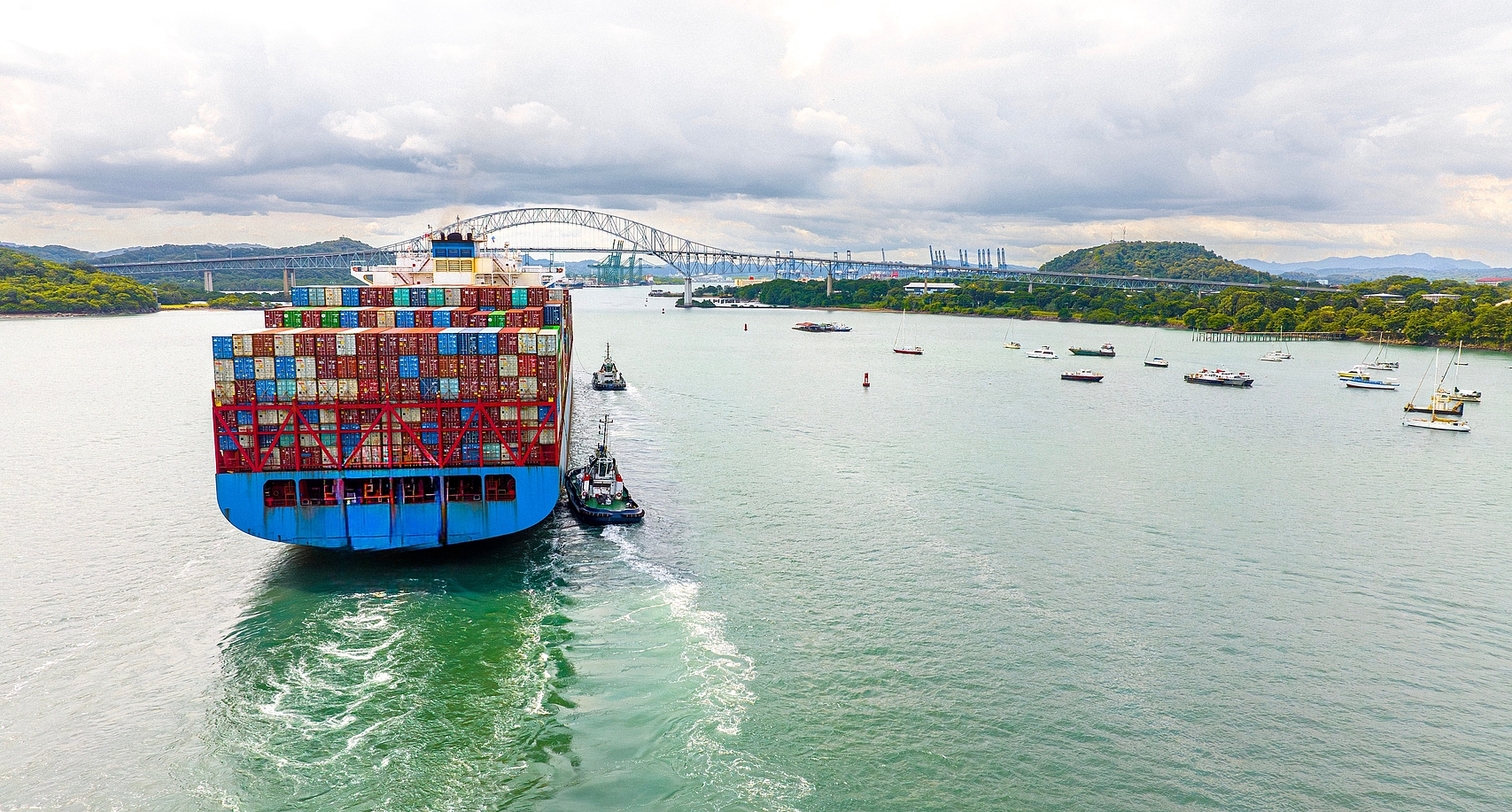
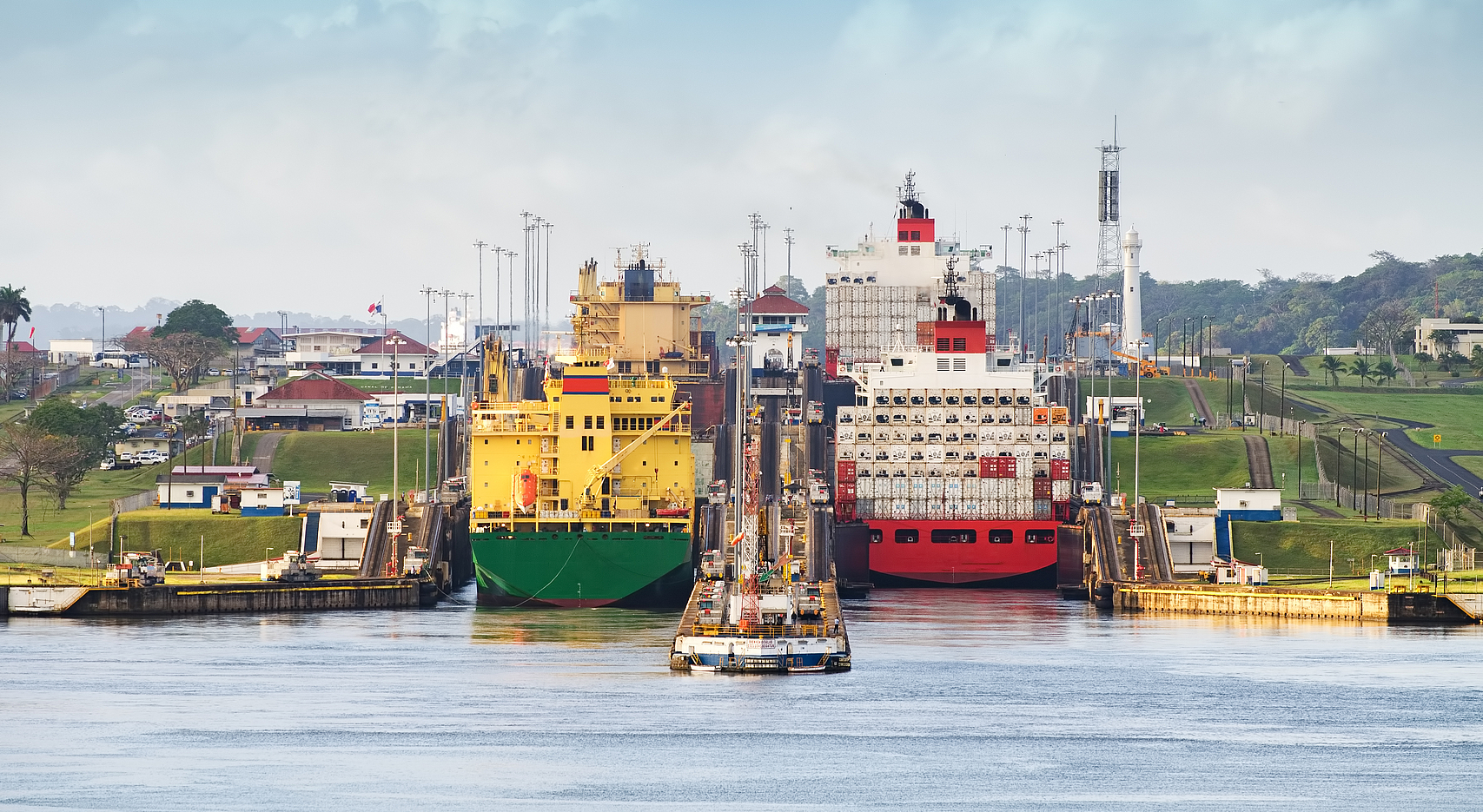
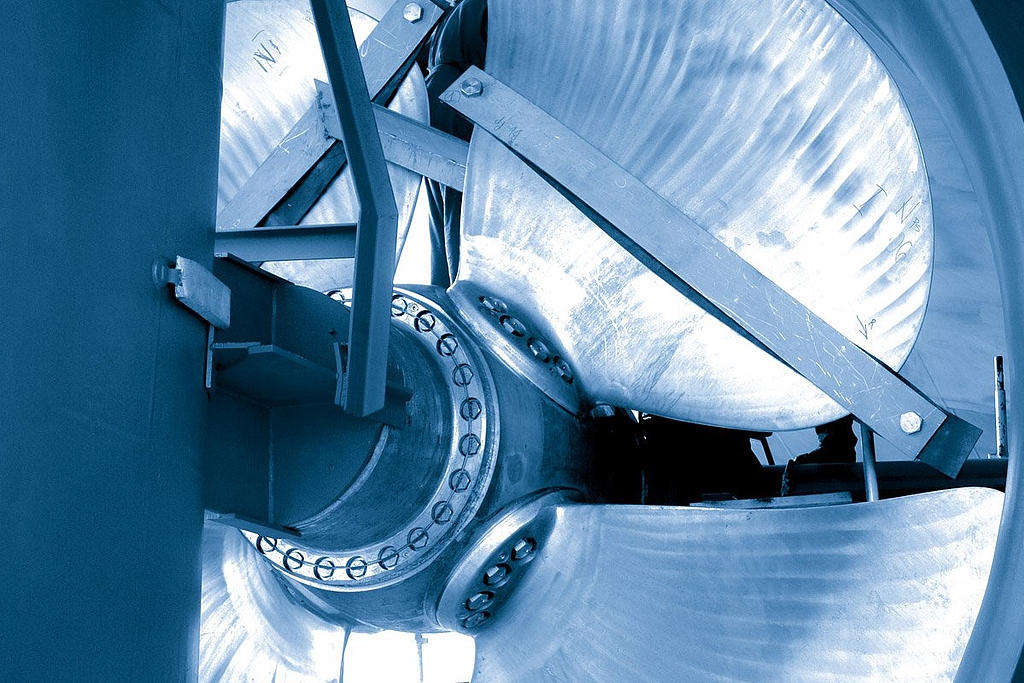

Our rail service is 50% faster than sea cargo and 60% less expensive than air cargo, giving you the best of both worlds.
Rail transport is a fast, cost-effective and environment-friendly alternative to air and sea freight. Our specialized teams will create the optimal rail transport concept for any commodity.
Find out more
